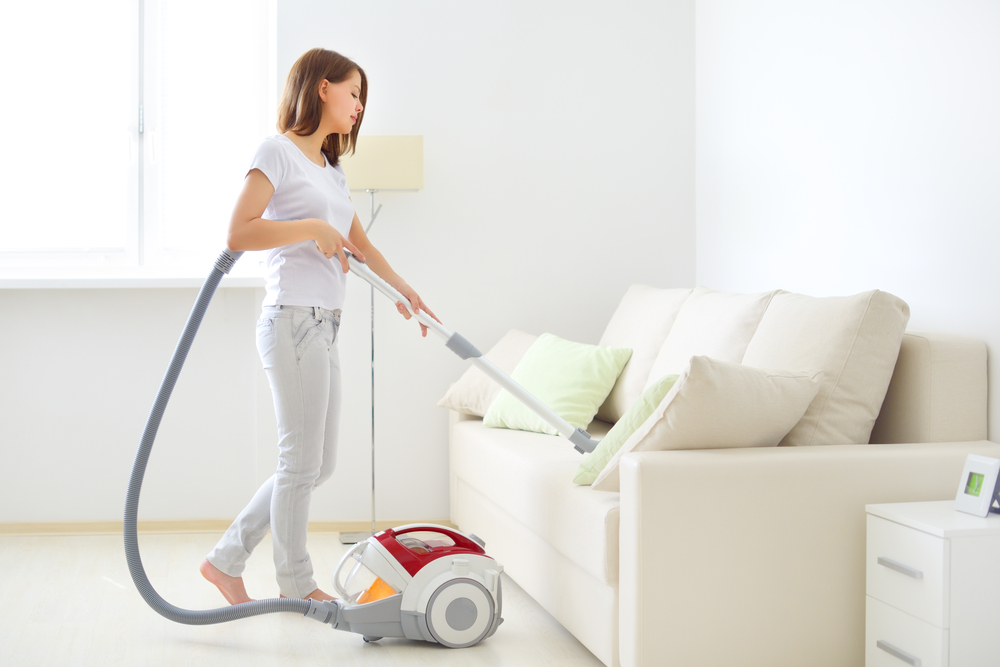Most high-quality vacuum cleaners have a prolonged operational life. However, newer models often have better characteristics than older models, leaving people wondering what to search for when buying a vacuum. Here are eight qualities that a buyer should look for when choosing a new vacuum.
1. Dirt Bin Capacity
Some vacuum cleaners are bagless, while others have bags. According to experts, using bagless vacuums saves significant money in the long run by reducing frequent bag purchasing.
However, such cleaners demand more filters that require regular replacing or cleaning. Moreover, small dirt bags need frequent emptying, while large ones accumulate significant dirt that can create unpleasant smells.
Most full-size vacuums with a dirt bin volume of roughly one liter allow the user to vacuum-clean large areas with minimal interruptions. The dirt bin capacity of cordless stick vacuums should range between 0.3-0.7 liters.
2. Noise Levels
Heavy-duty vacuum cleaners generate a lot of noise. However, offices and homes need quieter vacuums. Avoid buying vacuums that operate at noise levels higher than 75 decibels.
3. Handling, User-Friendliness, and Maintenance
A vacuum cleaner must be intuitive and easy to use. The vacuum controls should be user-friendly and easy to reach, especially if there is a regular need to change the floor type and suction strength during cleaning.
The vacuum cleaner should also possess a self-cleaning brush roll. Emptying the dirt cups should be effortless and guarantee that the vacuumed dirt doesn’t affect users.
4. Weight
The weight of a vacuum is a vital factor for a buyer to consider if they clean many floors, especially if they have to carry the vacuum upstairs. Most canister and upright vacuums rest most of their weight on the ground.
Therefore, it is advisable to inspect the vacuum’s wheel design. A buyer should also seek vacuums with motorized cleaning heads that significantly reduce the push force.
5. Cleaning Reach
The vacuum cleaning reach is the distance between the furthest area that the vacuum can clean and the power outlet. The cleaning reach of an upright vacuum cleaner is often the power cord length combined with the hose length.
Cordless vacuum cleaners have a limitless cleaning reach but get limited by the energy stored in their onboard batteries.
6. Suction Power
A vacuum cleaner’s performance levels depend heavily on its suction power, measured in Air Watts. Also, you can measure the suction power by examining the energy consumed by the main motor. Yet, a vacuum with a high power-rating does not guarantee good cleaning or good suction.
The suction power of full-size corded vacuums ranges between 100-200 Air Watts. However, modern cordless units can also possess similar suction power due to their powerful lithium-ion batteries and highly-efficient brushless motors.
7. Cleaning Accessories and Tools
Extra cleaning accessories help clean various dirt and surfaces, such as ceiling fans, sofas, pet hair, or mattresses. The most common cleaning accessories are the motorized pet tool, dusting brush, crevice tool, and upholstery tool.
8. Dry or Wet Vacuum
Wet vacuum cleaners can clean wet and moist dirt, while dry vacuums can only clean dry waste. Therefore, large canister wet vacuums are excellent construction or workshop site vacuums, while dry vacuums are better for household use.




